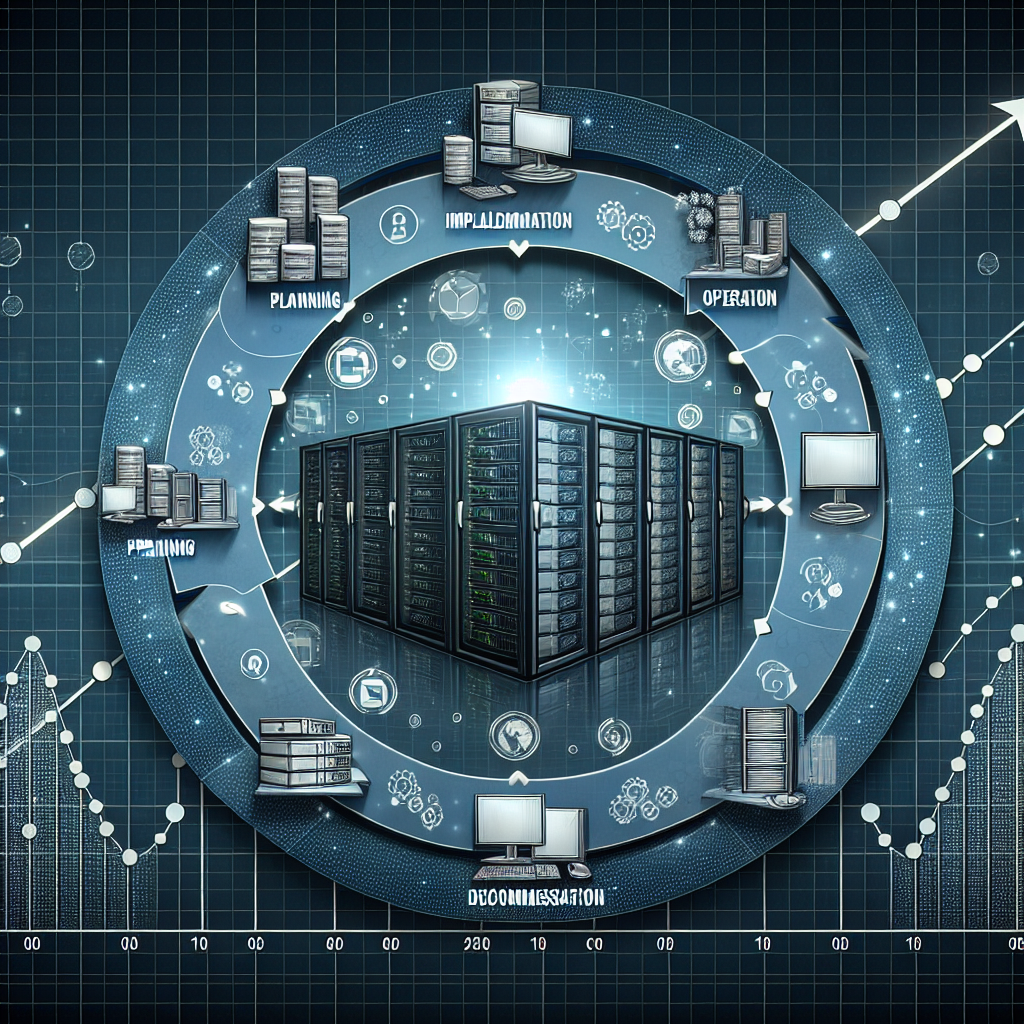Data centers are the backbone of modern businesses, providing the critical infrastructure needed to store, manage, and process vast amounts of data. As technology continues to evolve and data volumes grow exponentially, organizations are facing increasing pressure to maximize the return on investment (ROI) of their data center operations.
One key way to achieve this is through effective data center lifecycle management. By carefully managing the entire lifecycle of a data center, from planning and design to decommissioning and disposal, organizations can ensure that their data center investments deliver maximum value over time.
Here are some tips and strategies for maximizing ROI with data center lifecycle management:
1. Plan for scalability: When designing a data center, it’s important to plan for future growth and scalability. This means considering factors such as the expected growth of data volumes, the potential for new technologies and applications, and the need for additional capacity. By building a data center that can easily scale to meet future demand, organizations can avoid costly and disruptive upgrades down the line.
2. Optimize energy efficiency: Data centers are notorious for their high energy consumption, so optimizing energy efficiency is key to maximizing ROI. This can be achieved through a variety of measures, such as using energy-efficient hardware, implementing virtualization and consolidation strategies, and optimizing cooling systems. By reducing energy consumption, organizations can lower operating costs and improve the overall sustainability of their data center operations.
3. Implement proactive maintenance: Regular maintenance is essential to ensure the smooth operation of a data center, but reactive maintenance can be costly and disruptive. By implementing a proactive maintenance strategy, organizations can identify and address potential issues before they cause downtime or performance degradation. This can help to extend the lifespan of data center hardware, improve reliability, and reduce maintenance costs over time.
4. Monitor performance and utilization: Monitoring the performance and utilization of data center resources is crucial for identifying inefficiencies and optimizing resource allocation. By tracking key metrics such as CPU utilization, storage capacity, and network bandwidth, organizations can identify opportunities to improve efficiency, reduce waste, and maximize the ROI of their data center investments.
5. Plan for decommissioning: Just as planning for scalability is important, so too is planning for decommissioning. As technology evolves and data center hardware reaches the end of its lifespan, organizations must have a plan in place for decommissioning and replacing outdated equipment. By carefully managing the decommissioning process, organizations can minimize disruption, reduce costs, and ensure a smooth transition to new hardware.
In conclusion, maximizing ROI with data center lifecycle management requires careful planning, proactive maintenance, and a focus on efficiency and sustainability. By following these tips and strategies, organizations can ensure that their data center investments deliver maximum value over time.


Leave a Reply